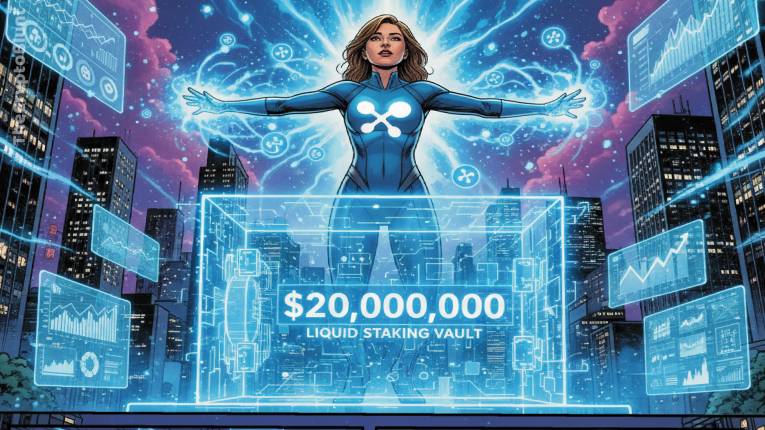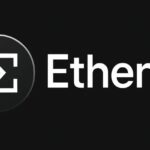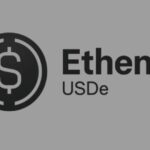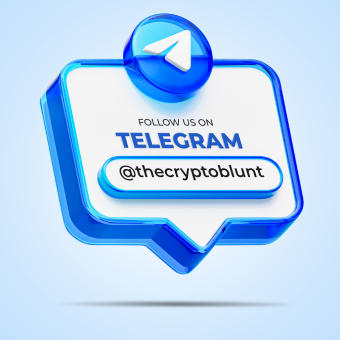Investor eagerness to unlock fresh utility for long-dormant XRP is underscored by mXRP’s swift adoption.
mXRP, the first liquid staking token native to the token’s ecosystem, has been quickly embraced by XRP holders eager for yield opportunities.
The initial vault of 6.5 million tokens was completely filled within two days of the product’s launch, forcing a cap raise to 10 million, as revealed by blockchain provider Axelar on Sept. 25.
A total of nearly $20 million in assets has been locked in the vault.
Pent-up demand from investors seeking to put dormant XRP to work in decentralized finance is underscored by this rapid expansion.
XRP, one of crypto’s oldest assets that has remained idle for years, is being given new utility by mXRP.
Explaining mXRP: What You Need to Know
The token, which is built on the XRP Ledger’s EVM sidechain, enables users to stake XRP through Midas. A wrapped representation—mXRP—is then received, which can yield up to 8% annually.
The process begins when XRP is bridged to the sidechain and deposited into tokenized vaults. Those deposits are then allocated into yield strategies overseen by independent managers, known as “risk curators.”
Capital was directed into market-making and liquidity provisioning activities by Hyperithm, which took on that role at launch.
The value of mXRP is influenced by the performance of these strategies, ensuring that holders see returns directly in the token they own.
The initiative to mobilize long-dormant capital was described by Midas co-founder and CEO Dennis Dinkelmeyer.
“Much of the XRP supply has been dormant for years; mXRP provides a transparent mechanism for users to access onchain strategies.”
According to him:
Broadening XRP’s Impact in DeFi
A broader movement to make XRP more versatile within decentralized markets is shown by the project.
The DeFi ecosystem of XRP is significantly dwarfed by rivals like Ethereum, which boast hundreds of billions in total value locked.
It was emphasized by Sergey Gorbunov, co-founder of Axelar, that the protocol’s cross-chain framework allows XRP, which is traditionally confined to its own ledger, to interact with DeFi applications across multiple blockchains.
The same direction is being pushed by other initiatives, as evidenced by the recent launch of Flare Network’s FXRP.
XRP is enabled for use in lending, liquidity pools, and other DeFi applications by FXRP, without sacrificing exposure to the underlying asset.
